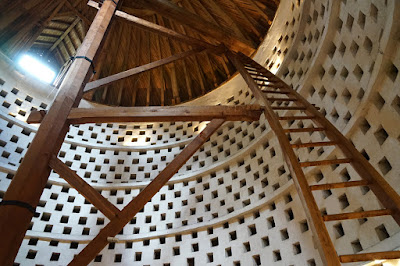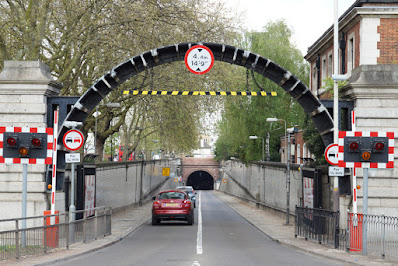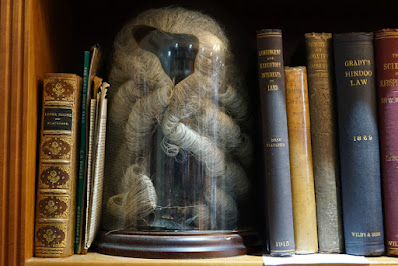2020 was certainly different, and this blog had its own uncharacteristic period of silence. The end-of-year round-up is therefore slightly smaller than previous years, with a top three rather than the usual top five. So let's look back on some brighter moments!
The top three posts published in 2020 are:
In third place, a look at a less-known piece of Parisian history: the former licensed brothel, Aux Belles Poules. Uniquely, its decoration has survived and been restored.
Second place goes to another Parisian post: a look inside a mediaeval dovecote, now incongruously sat in a suburban housing estate.
The most popular 2020 post is, though, a very London story: a look at the secrets of Moorgate Underground Station, right in the heart of the City.
And the all-time top three are:
A fantastic clock from an iconic Chichester brand, Shippam's sandwich paste, takes third place. The post also has some great comments, with memories and family connections.
In second place, a look inside the catacombs of Paris.
The most popular post continues to be my walk through Rotherhithe Tunnel - a walk which is, frankly, best experienced virtually!
Of my pages, Unusual London visits remains the most popular (even if the visits are currently strictly virtual).

















